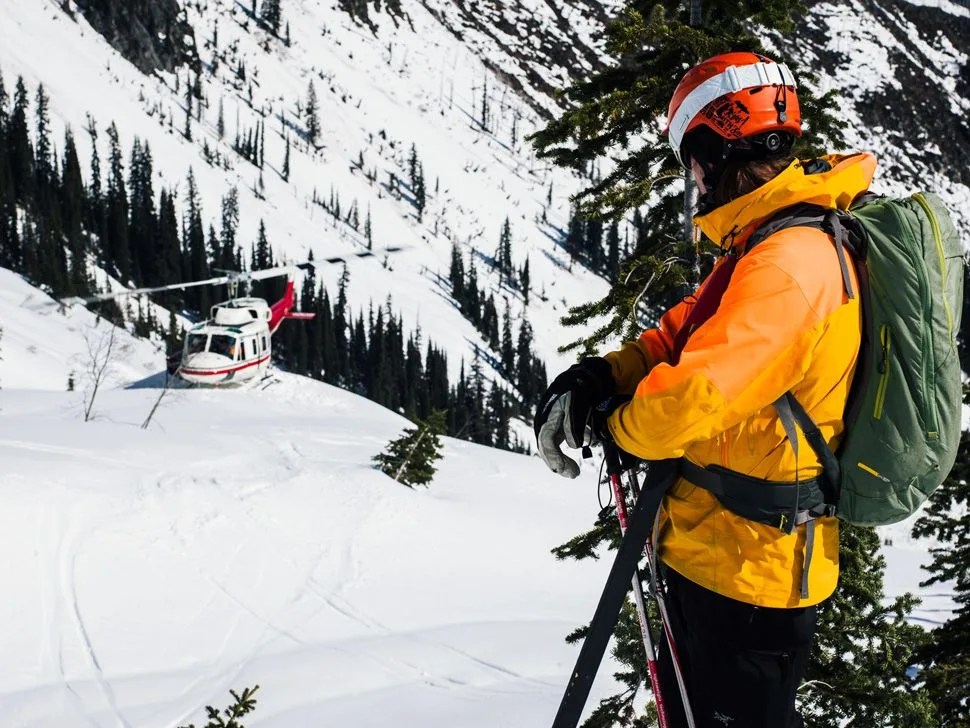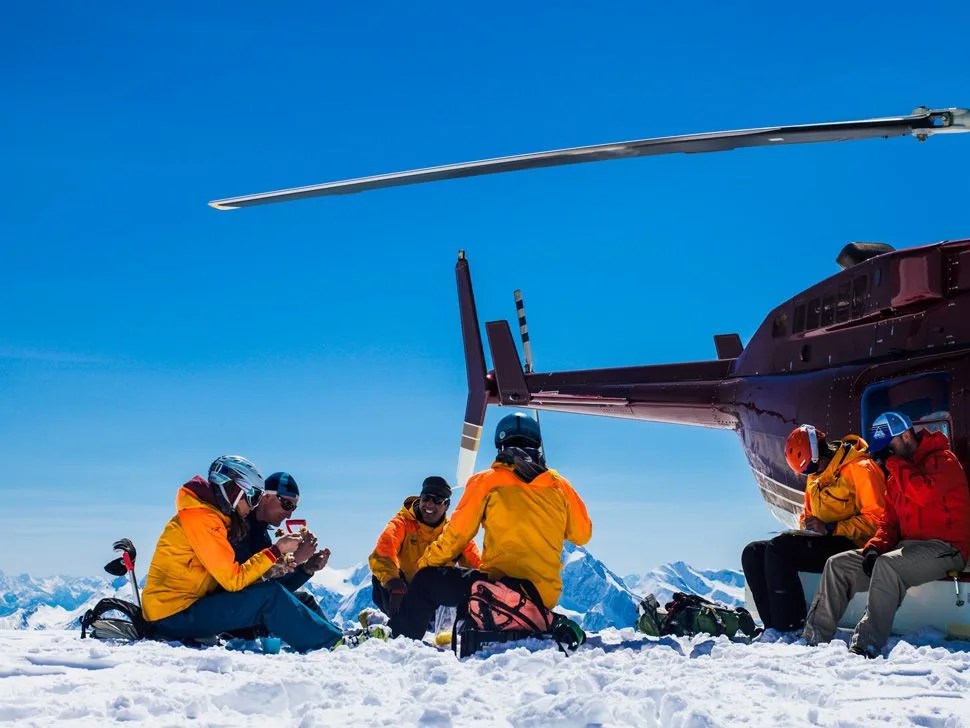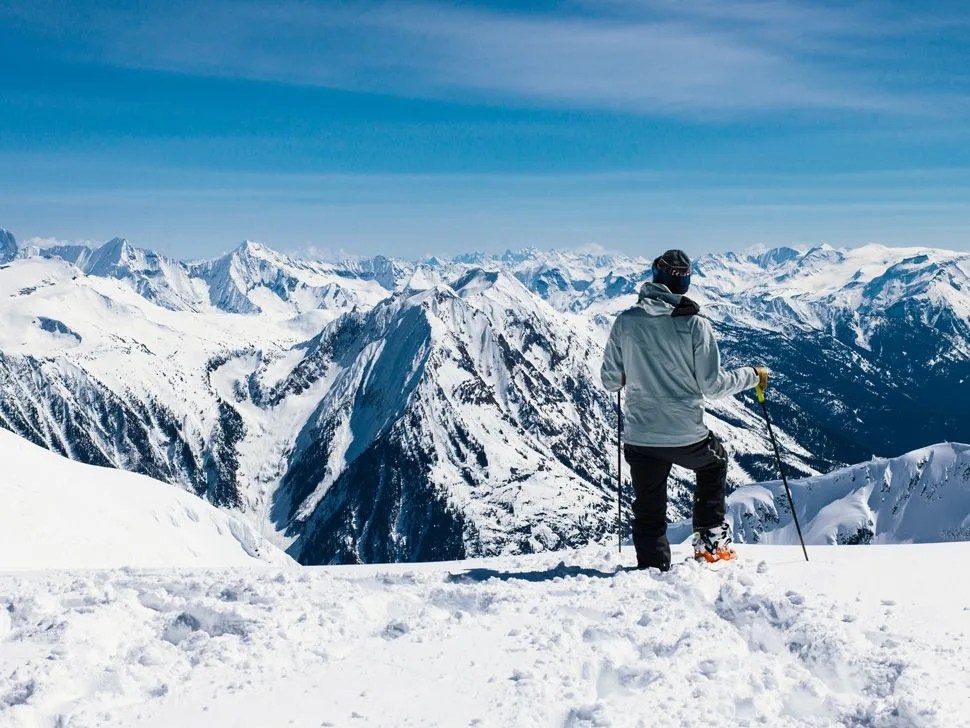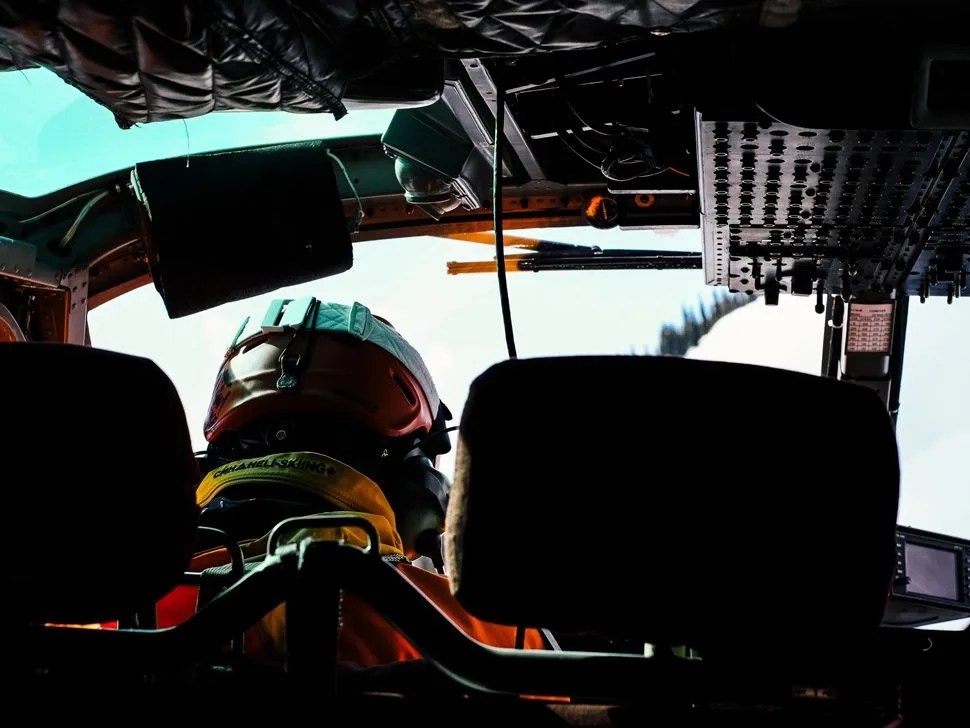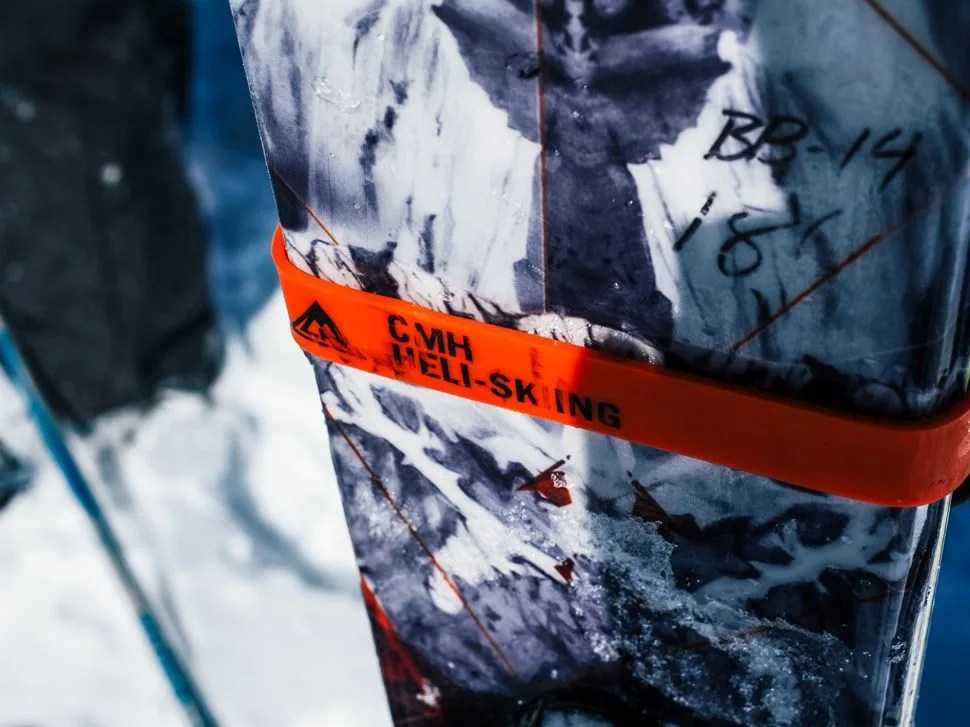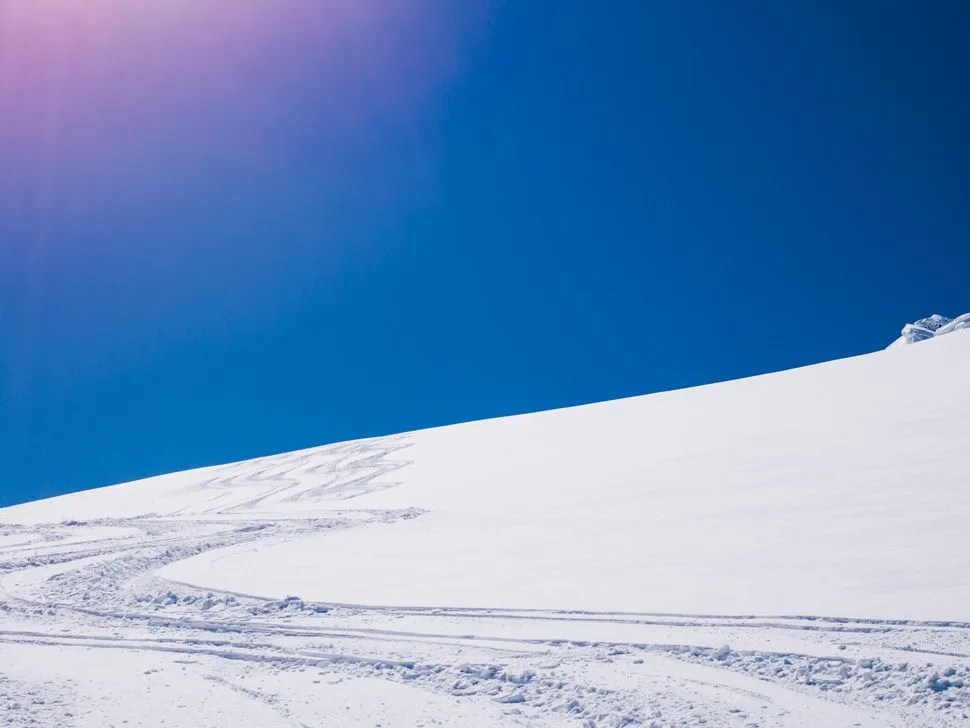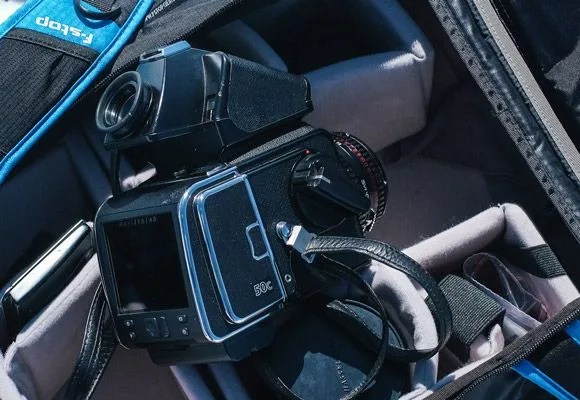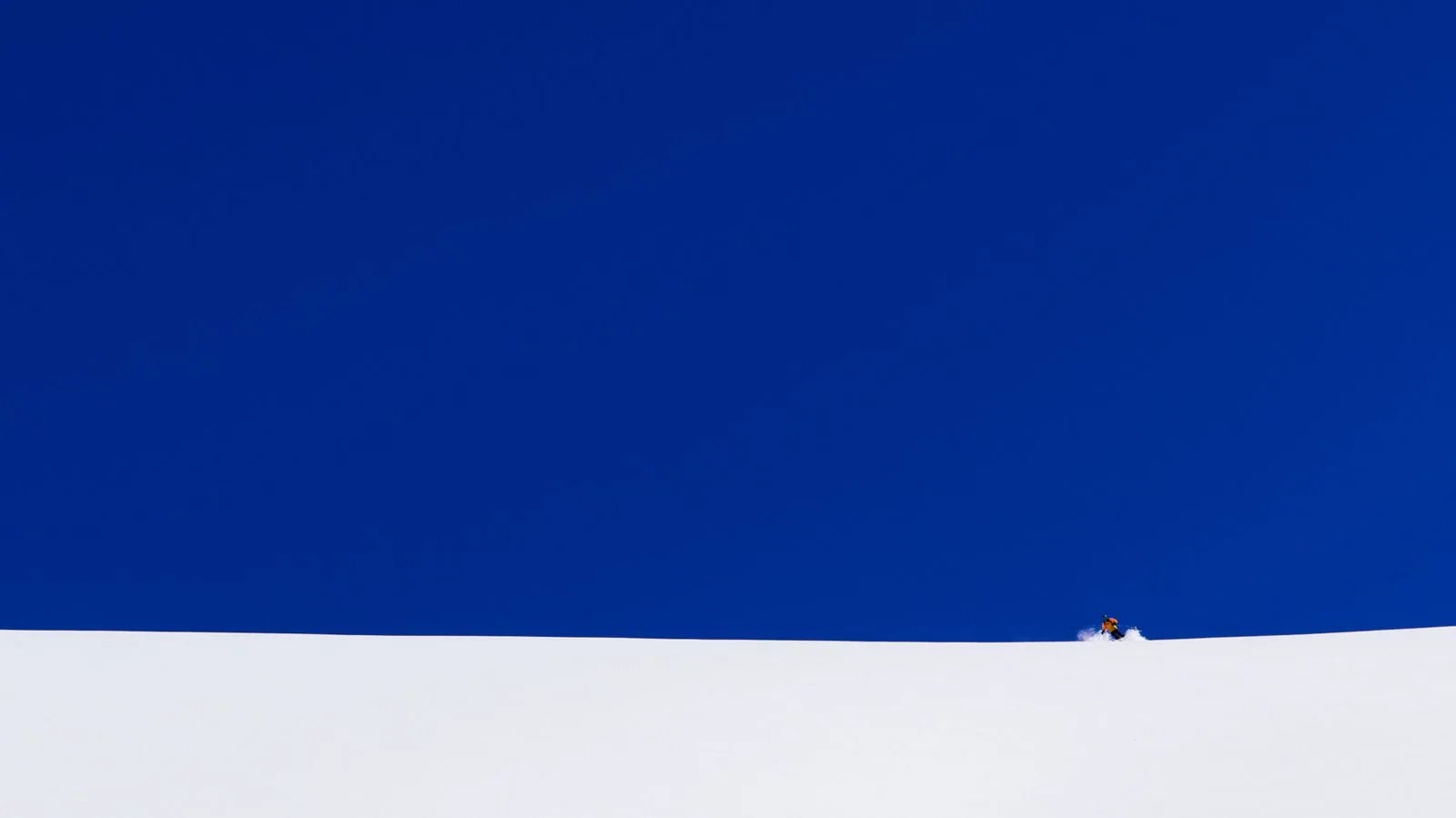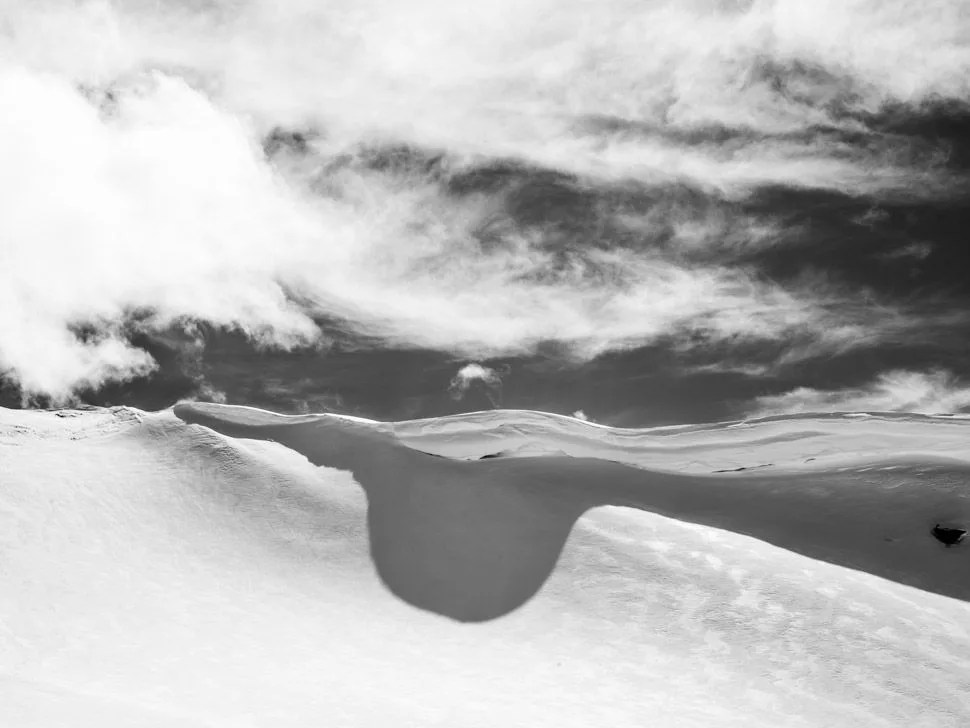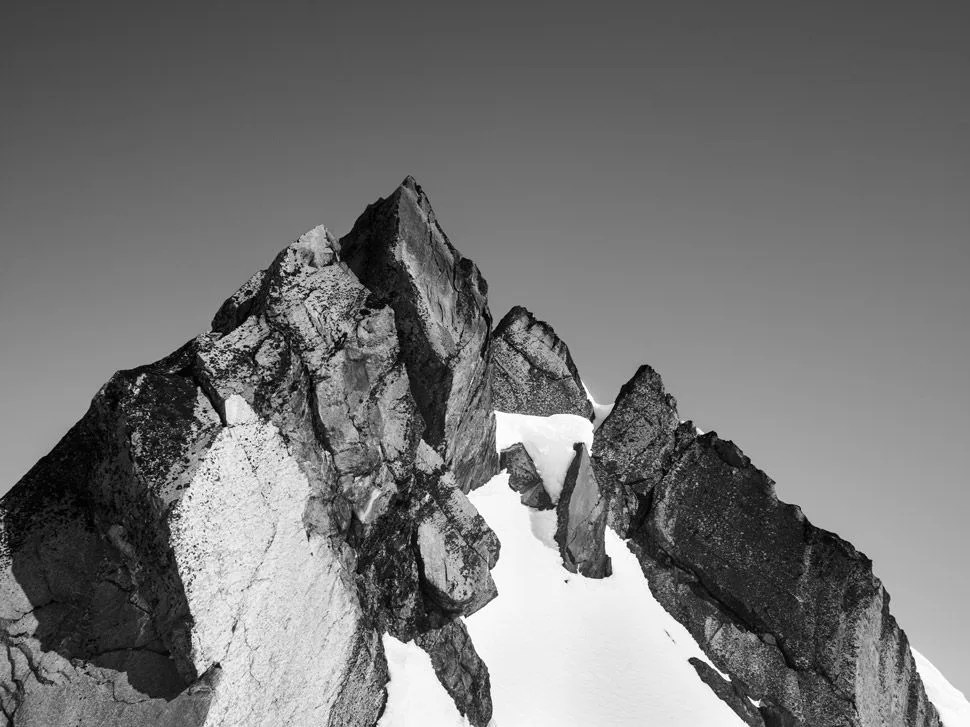21 photos
33 of us stumbled out of the Delta Calgary Airport Hotel at 5:15 in the morning and onto a bus heading three hours west in search of skiing that didn’t seem to be there. Weather reports had been dodgy for the past week, temperatures were looking more like beach weather than powder weather and snow had been a rarity in western Canada this season, but we were all holding out hope for some elusive late-season powder. The experienced were unphased after the hour of safety videos going over the numerous ways that we may be maimed or killed (whether by nature or machine) but the rest of us had a cautious stare as a Bell 212 twin-engine helicopter — our only mode of transport for the next four days — kicked up gravel as it set down 10 yards from the bus. No crowds, no tracked-out snow, no lifts; we were about to experience how good skiing could be.
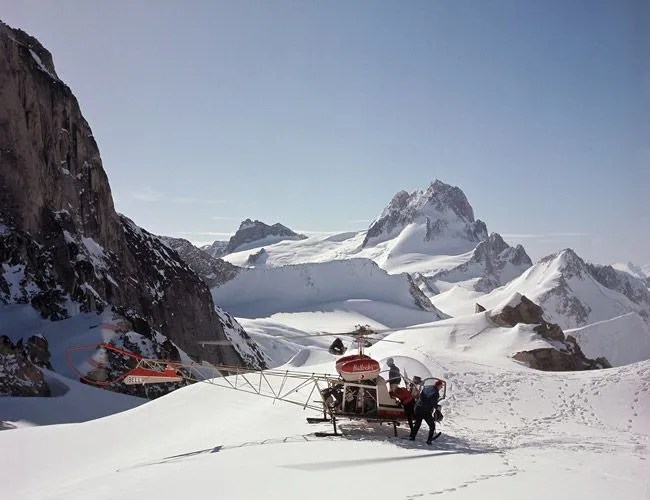
Hans Gmoser with his first heli-ski guests in 1965. Photo: CMH Heli-Skiing
Hans Gmoser was born in Austria in 1932 but made his historical mark after he moved to Canada in the early ‘50s. Once he arrived in Calgary, Gmoser opened up Rocky Mountain Guides, effectively founding the ski mountaineering industry in Canada and leading ski touring expeditions to finance films that showcased his love for the Canadian Rockies. In the films he talks about relatable problems for resort skiers even 60 years later: lift lines, tough snow and a focus on aprés ski as much as the sport itself. Gmoser’s guiding operation was a measured success but he realized that to attract a wider audience he’d need to do away with base camps and six-day hikes and come up with an alternative. Around the same time, in 1959, helicopters are begging to be used for skiing around the rest of the world but the operations prove too costly, too unsustainable, and too slow – with European operations only able to ferry up one skier at a time and all going bust in a matter of years. In April 1965, professional ski racer Brooks Dodge asked Gmoser to take him heli-skiing in the Bugaboos and Canadian Mountain Holidays (these days referred to more often as CMH Heli-Skiing) was born. The cost to be part of CMH’s inaugural week? $260.
Heli-skiing for the first time is, in an (overused) word, awesome. Not so much in the “totally gnar, bro” sense but in the infinitely impactful, hard-to-comprehend, standing-there-with-your-mouth-agape use of the word.
Since the first trip to the Bugaboos, CMH has transitioned from a guide service to a full-fledged resort experience that combines lodging and top-tier dining with some of the best skiing on earth. Since 1965 they’ve opened 11 separate operations in western Canada, all of which have been praised for the experiences they offer and each differing slightly in terrain, amenities and cost. The one we were all calling home was Bobbie Burns (the most common explanation of the name is Gmoser’s love of the Scottish Poet Robert Burns). Bobbie Burns straddles the Purcell and Sellkirk mountain ranges and offers over 7,000 feet of skiable elevation (Vail offers a bit over 3,000). Since Bobbie Burns is one of the closest CMH resorts to an international airport with just a three-and-a-half hour bus ride (some CMH lodges can be up to seven) and offers such gargantuan vertical, it’s a perfect way to maximize skiing time and minimize bullshit.










